- Best Quality Beds & Mattresess At Affordable Price!
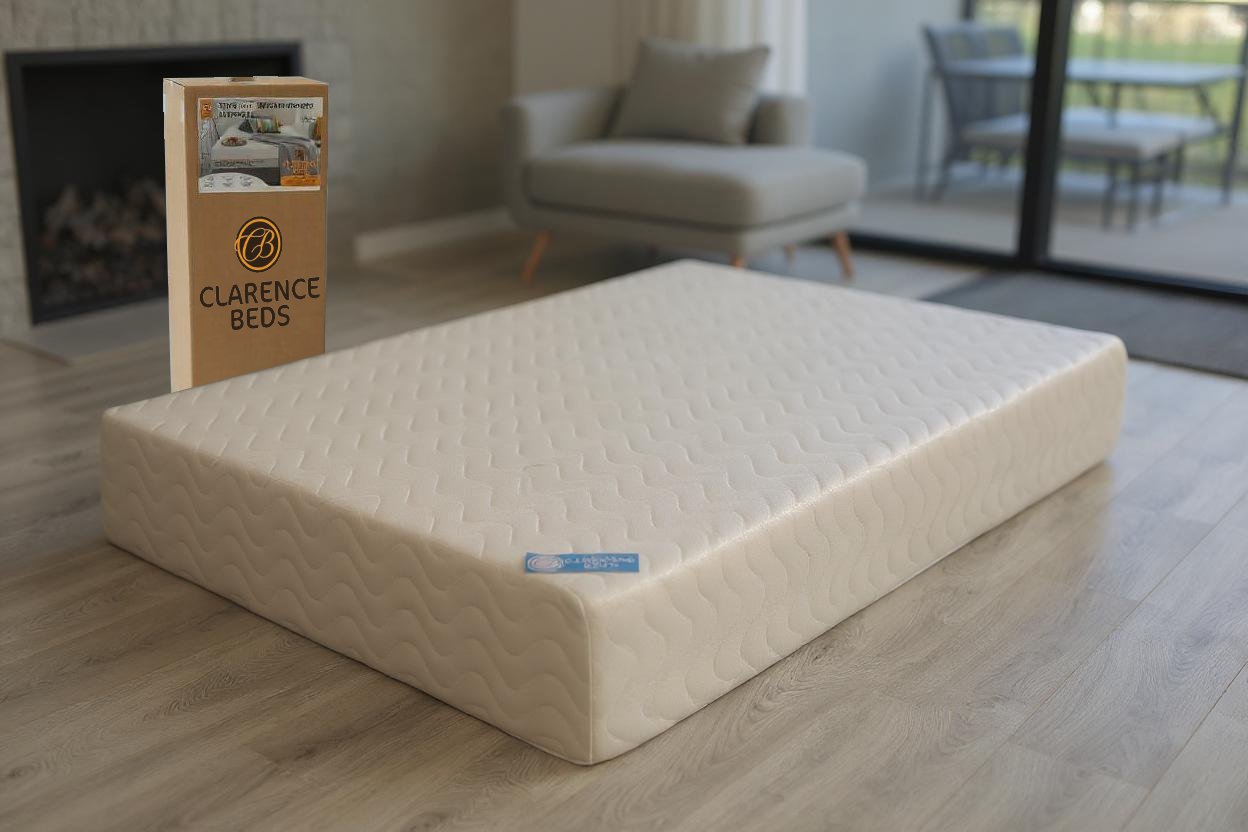
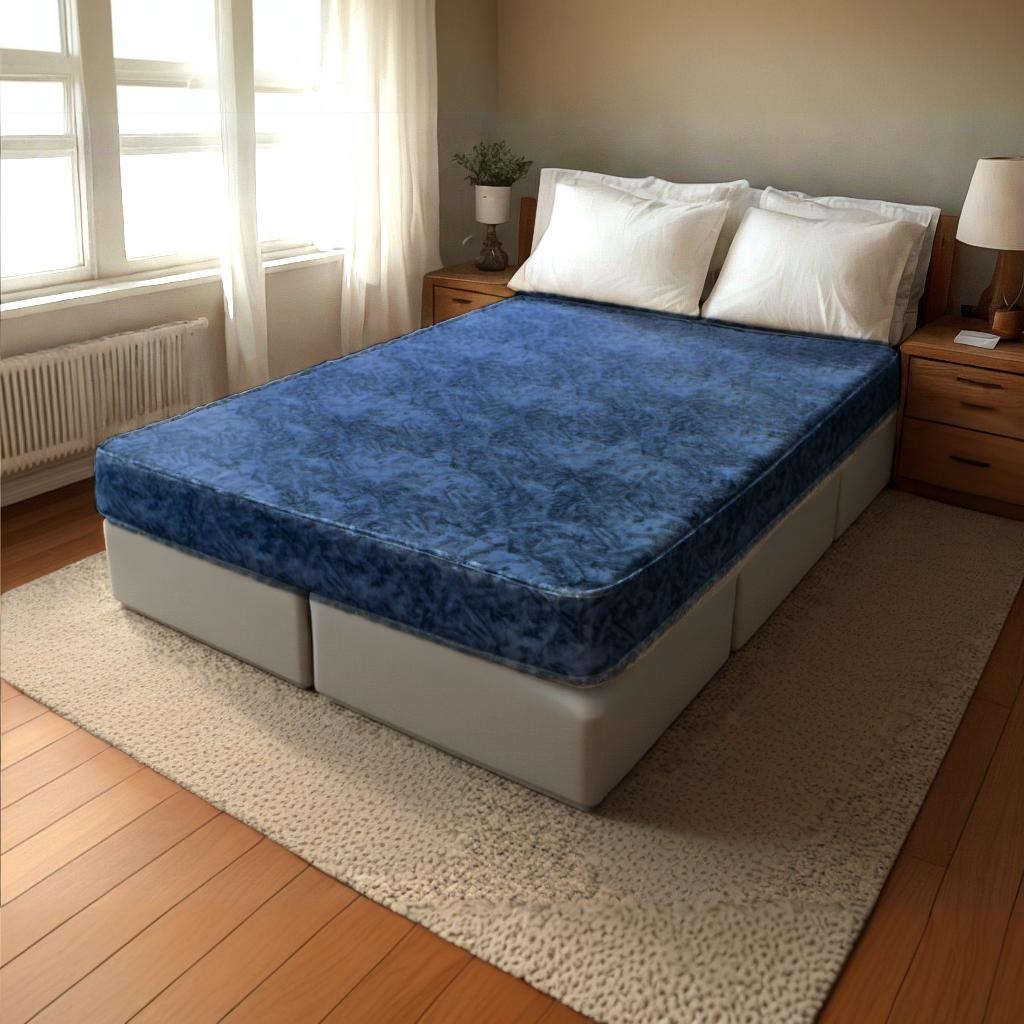
Getting a restful night’s sleep is crucial to wake up refreshed and ready for the upcoming day. However, an inadequate mattress that fails to provide proper support can disrupt this goal. An uneven, lumpy mattress can cause you discomfort during sleep, making it hard for you to find a cosy position and enjoy restful nights.
With the passage of time, mattresses wear out and develop indentations or lumps, which can lead to tossing and turning throughout the night. If you have a low budget, purchasing a brand-new mattress might seem costly. Nevertheless, there are affordable solutions available, such as mattress toppers or memory foam cushions, that can restore your current mattress and improve your sleep quality without exceeding your budget.
If you are wondering how long your mattress lasts, you need to consider the type of mattress you have and the construction of the mattress. This guide helps you solve this issue by identifying signs that indicate whether you need to replace it or not.
As per industry experts and consumer reports, the expected age of a mattress is typically between 7 and 10 years. Once it approaches the end of its life, you should consider replacing it. However, this duration can differ notably based on multiple factors, including:
Experts like the National Sleep Foundation suggest monitoring your mattress for signs of deterioration, such as sagging or difficulty sleeping. The materials in a mattress break down with age, leading to sagging, lumps, and a general decline in comfort. Mattresses lose their ability to appropriately support your body over time, resulting in poor spinal alignment and probable back pain. Different allergens, such as dust mites, can build up in old mattresses, possibly causing allergies or asthma.
All these signs indicate that now is the right time for a replacement. Moreover, if the expected lifespan has gone by, your mattress seems to be wearing out, it might be time to consider getting a new one. Investing in a premium quality mattress and taking good care of it can improve comfort and support, ultimately contributing to better sleep quality over the years. A newly bought mattress can significantly give you a restful sleep while alleviating aches and pains.
By knowing the key indicators, you can make an informed decision to replace your mattress for better sleep and overall improved health. Here are some signs to watch out for.
Remember that even if there are no apparent signs of wear, mattress materials naturally break down with time. Typically, after about 7 to 10 years, your mattress will no longer provide support and comfort.


Understanding what affects the expected life of a mattress is essential to make informed purchasing choices and ensure you maximise the value of your investment. In the following points, you will explore the key factors that influence how long a mattress can support you restfully.
High-quality materials: Mattresses made with robust materials, like natural latex, high-density memory foam, or robust innersprings, are more likely to last longer.
Mattress type: Lifespans vary for different mattresses. Innerspring mattresses often wear out quickly than latex or memory foam mattresses, particularly if they are made with low-quality springs.
Construction: The overall design and construction quality of the mattress also influence its durability, with well-constructed mattresses typically lasting longer.
Frequency of use: A mattress used nightly will wear out faster than a guest bed that sees less frequent use.
Body weight: Overweight individuals can compress the mattress more, which potentially leads to sagging and reduced lifespan.
Sleeping position: The mattress of side sleepers may experience more wear in areas like the shoulders and hips because of pressure points.
Regular rotation and flipping: Rotating or flipping a mattress (if designed for it) helps distribute wear and tear more evenly.
Using a mattress protector: A protector shields the mattress from spills, stains, and body oils, potentially leading to material breakdown.
Cleaning: Regularly cleaning the mattress and keeping it free of dust and allergens can also prove to be helpful for extending its lifespan.
Proper support: Using a supportive base (like a bed frame with slats or a platform base) prevents sagging and maintains the mattress’s shape.
Humidity and temperature: High humidity and extreme temperatures can affect certain mattress materials, potentially accelerating wear and tear.
Individual preferences and comfort: Some people replace their mattresses when they no longer provide adequate support or comfort, as it takes time to adjust to a new one.
Warranty: Check the mattress warranty for information on its expected lifespan and coverage for defects.
The mattress’s lifespan can vary based on its material and usage, with no single type universally outperforming others. Nevertheless, certain materials are recognised for their durability and can last much longer if maintained properly. Below, we help explore the longevity of various mattress types:
High-quality memory foam mattresses can last about 10 years, with thicker foams tending to last for an extended period.
Latex mattresses, especially those made from natural latex, are known for their durability and can last 10 to 12 years or even longer.
Hybrid mattresses, made with coils and foam, usually last 7 to 10 years and are comfortable and durable.
Innerspring mattress typically lasts for 6 to 7 years because the springs are likely to lose tension as time passes.
Cot mattress, often used for infants and toddlers, is generally replaced more often, typically every few years, as children grow and their needs change.
Here are some helpful tips to take proper care for your mattress and extend its lifespan:
Use a Mattress Protector: A mattress protector acts as a first line of defence, safeguarding your mattress from spills, stains, allergens, and dust mites.
Rotate and Flip Regularly: To prevent sagging and distribute wear evenly, rotate your mattress (turning it 180 degrees) and flip it (if it’s two-sided) every 3 to 6 months.
Keep It Clean: Regularly vacuuming your mattress with an upholstery attachment helps remove dust, dead skin cells, and allergens, especially if you have allergies.
Spot Clean Stains: If you spill something, quickly blot the stain with a clean cloth and gentle detergent. Make sure to avoid soaking the mattress.
Air Out Your Mattress: Periodically, remove your bedding and let the mattress breathe for a few hours to reduce moisture and odours.
Ensure Proper Support: A well-made bed frame or foundation is crucial for stopping sagging and maintaining the mattress’s integrity.
Avoid Jumping: Avoid jumping on the bed because it can cause damage and make it deteriorate quickly.
Control the Environment: Don’t eat or drink in bed for preventing spills and stains. Additionally, open windows to improve airflow and reduce humidity.
Follow Manufacturer’s Instructions: Always follow the detailed care instructions from your mattress manufacturer, as they might have some special suggestions.
Consider Professional Cleaning: Deep cleaning your mattress approximately once every six months or more to help remove built-up grime and allergens.
Your mattress lasts for several years, but it’s essential to replace it when it becomes old or uncomfortable. If it’s nearing the end of its life, it’s a good idea to buy a new one. You should invest in a premium quality mattress topper or memory foam cushions, which can be a practical solution. These dense foam layers can greatly improve your sleep quality at an affordable cost. They provide a soft and supportive upgrade until you are ready for a full replacement.
Note: Cheaper mattresses may not last as long, but can be uncomfortable. Mid-range mattresses generally have similar longevity, while premium mattresses typically last longer.

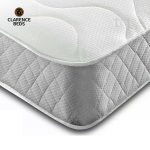
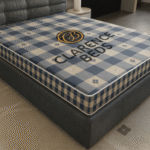

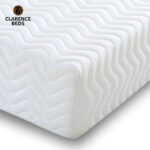


| Feet & inches | Common reference | Measurement in Centimetres | |
| Width (cm) | Length (cm) | ||
| 2FT6 | Short Single | 75 | 175 |
| 2FT6 | Small Single | 75 | 190 |
| 3FT | Single | 90 | 190 |
| 4FT | Small Double | 120 | 190 |
| 4FT6 | Double | 135 | 190 |
| 5FT | King | 150 | 200 |
| 6FT | Super King | 180 | 200 |
| Please note: measurements are close approximations only | |||